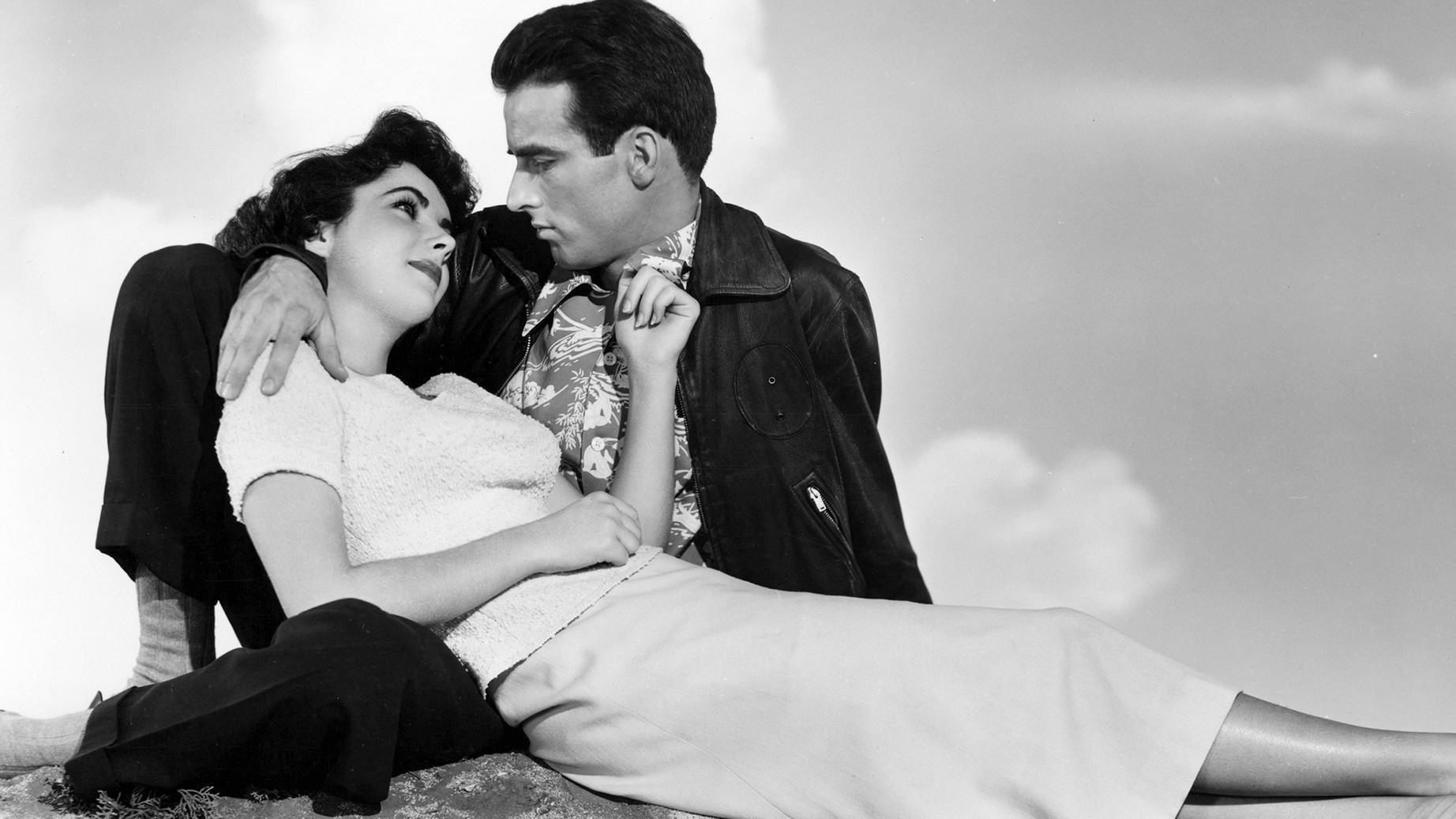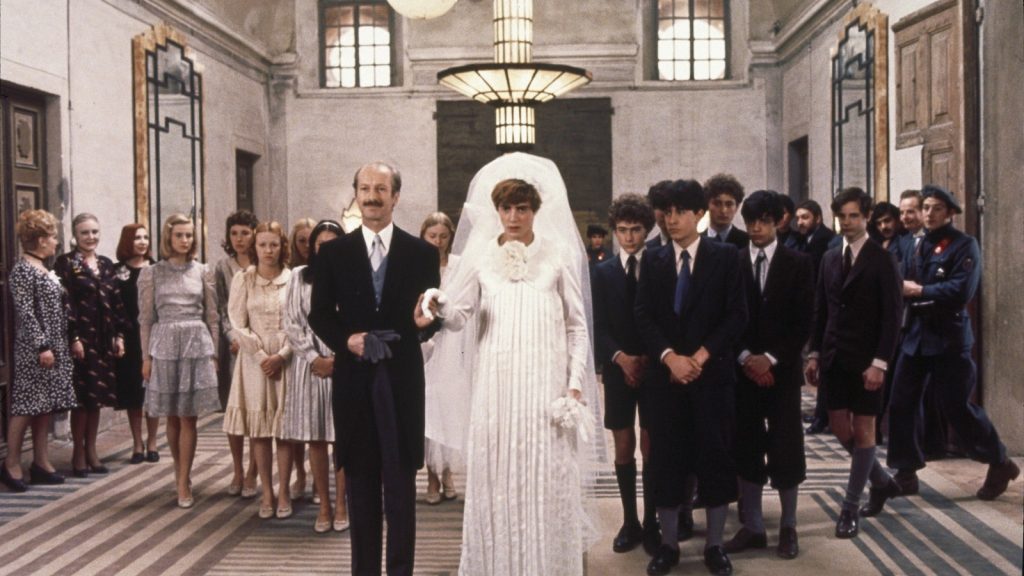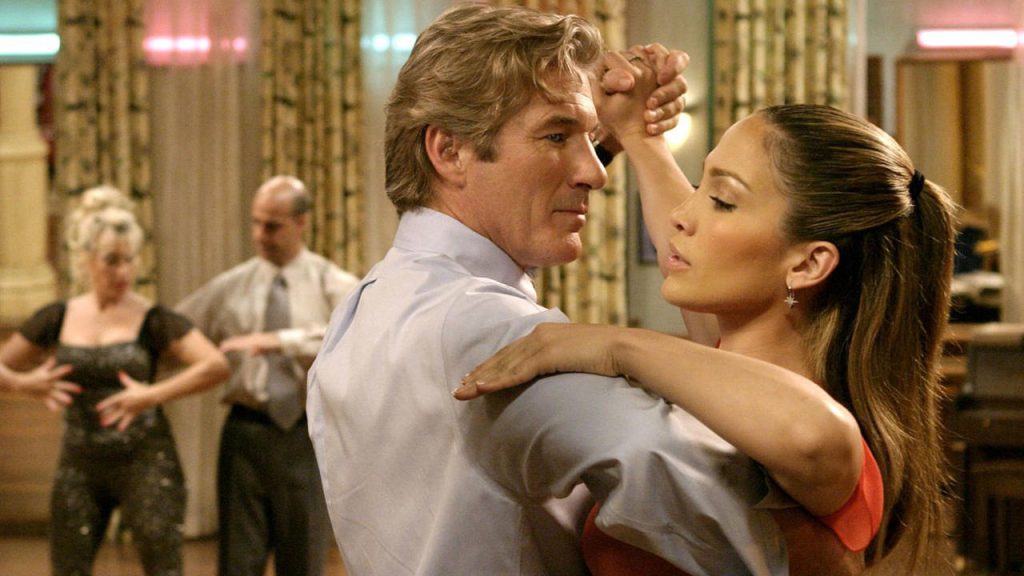Hollywood is the land of the young and the beautiful. Perfect faces lure audiences to cinemas, and the youthful leads promise life, adventure, and hope. This escape from the mundane sees everyone better, more beautiful, and implicitly aspirational. And when two gorgeous people cross paths with a spark, they must be good. We must know happiness and love will follow—or that they will be undone by forces outside their control, performing a beautiful tragedy for our catharsis. Without this promise, what hope can mere mortals have?
It is hard to find a film that quietly, poignantly understands this unspoken agreement, and subverts the moral draw of beauty, like A Place in the Sun, George Stevens’ 1951 adaptation of Theodore Dreisel’s novel An American Tragedy, itself inspired by a real murder in 1906. The film, seventy years old this week , follows young George Eastman (Montgomery Clift), determined to work his way up through his uncle’s factory. His working-class coworker-turned-girlfriend Alice Tripp (Shelly Winters) points out that his name can advance his career faster, but he initially rejects skipping straight to the boardroom. Yet when George meets the young debutante Angela Vickers (Elizabeth Taylor) at a family gathering, sparks are immediate. Despite separate romantic attachments their destinies seem entwined, and George begins adopting his relatives’ upper class dress and hobbies. The inevitable tragedy comes when the pregnant, almost-abandoned Alice dies in a boating accident that George does not directly cause—but does not prevent. His intent to cover his trail and guilt by inaction send him to the electric chair, with Angela declaring she will always love him.
A Place in the Sun stands out for its subdued yet frank critiques of class and capitalism—notable in a film from the depths of the Hays Code, coming into a post-war decade that believed in the unimpeachability of American industry and family. But the film gains most of its staying power through its astute use of Montgomery Clift and Elizabeth Taylor. The two stars’ public images were at a crossroads as the 1950s began: Clift was refining his work in the new Method school, pushing himself to find new truths in his characters, and Taylor was growing from innocent, plucky child roles into a new adult image where she was required to act rather than play herself. Both were gorgeous, and remain forever so as George and Angela.
Stevens utilised the unique softness in each star’s newly matured beauty, as well as their exceptional on-screen chemistry, to paint complex character portraits and complicate audience sympathies. From the real-life conviction that sparked the novel, A Place in the Sun is the story of murder—or at least manslaughter—to preserve a beautiful life. Audiences know George must face the court and then the chair for his crimes. Even if the Hays Code did not immediately and irrevocably dictate his end, George and Angela’s romance is too beautiful, and too impossible, to end in happiness. Yet the tragedy is one they created for themselves, not blind fate.
The camera lingers on Clift’s and Taylor’s faces, bathed in light, youth, and possibility, every time they enter a scene. They ride horses and swim in a freezing lake, swept away in abandon and love. They cling to each other as George hears his arrest growing closer, first tenderly in Angela’s car and then fiercely, repeatedly as he leaves her back at her house. Even George’s panicked guilt—caught as he crawls from the lake, and again when he speeds over it on a boat to escape a radio news announcement—is picturesque, and Angela’s swoon before a mirrored wall is one of the film’s most stunning sequences.

Beauty and morality have been intertwined for centuries before film technology existed. In his Critique of Judgement, 18th century German philosopher Immanuel Kant argues that aesthetic judgements relate to the inherent, natural morality of the being in question. Beauty is thus a tangible quality that helps humans discern what is good, and what (and who) should be shunned. It is a limited theory at best and an erroneous theory at worst; logically, goodness and beauty are not correlated but separate qualities. Hollywood, however, has subconsciously latched onto this coding. In the March 1999 issue of Basic and Applied Social Psychology, the essay “Are the Beautiful Good in Hollywood? An Investigation of the Beauty-and-Goodness Stereotype on Film” presented Kantian findings:
We found, in a representative sample of films across 5 decades, that [physical attractiveness] was significantly associated with goodness, romantic activity, and life outcomes […] We also discovered that the tendency for physically attractive characters to be portrayed more positively was stronger for central (leading) characters than for lesser characters and that the extent of beauty stereotyping was essentially the same for male characters as for female characters.
The study’s authors acknowledge the subjectivity of these judgements, but the movie star is synonymous with unattainable, superhuman beauty for a reason. Likewise, making movie villains ugly or deformed has become a similarly lazy shorthand—one that is (rightly) seeing backlash.
A Place in the Sun subverts these signifiers, undercutting the achingly gorgeous central couple with moments of selfishness that compound with little regard for the working class woman caught in their path. George and Angela are established as the beautiful, doomed couple, and then damned by their own (in)actions. In a brilliant design stroke, the camera cuts claustrophobically and quickly between George and Alice on the boat immediately prior to the fatal accident. The score is rapid, like a heartbeat. Alice rambles about her future life as George’s wife, but the camera returns over and over to George’s stricken face. We see this terror again when George emerges from the lake, with neither sight nor sound of Alice. Suddenly the oppression is reversed: George always had the means of escape, be they swimming skills or social status.
And yet A Place in the Sun is not a scathing tale of misspent youth and beauty, a satire of amoral upper classes who—just this once—get caught for their crimes. George and Angela’s romance is sincere, and it hurts. Clift and Taylor play with the passion, longing, and love of star-cross’d lovers from a simpler time and story. Stevens never resorts to irony or judgement; the rotten heart of this fairy tale exposes itself even as their desperation comes through unmitigated. It is impossible to condone the lovers’ actions, but it is equally impossible to shed all sympathy for them.
Americans forgive a lot in the name of beauty and wealth. Perhaps A Place in the Sun would be a different film were the characters on even class footing and lacking the otherworldly appeal of Clift and Taylor. But it would almost certainly be a less troubling, less fascinating one. By using and manipulating two growing star images, with their striking beauties, A Place in the Sun balances its candor around American social mythology with a sunswept, glittery romance. Seventy years later, the collision of these worlds and the moral compromises they entail are still etched into immortality.
“A Place in the Sun” is out in a new Blu-ray edition from the “Paramount Presents” line. It is also streaming on Amazon Prime Video.



